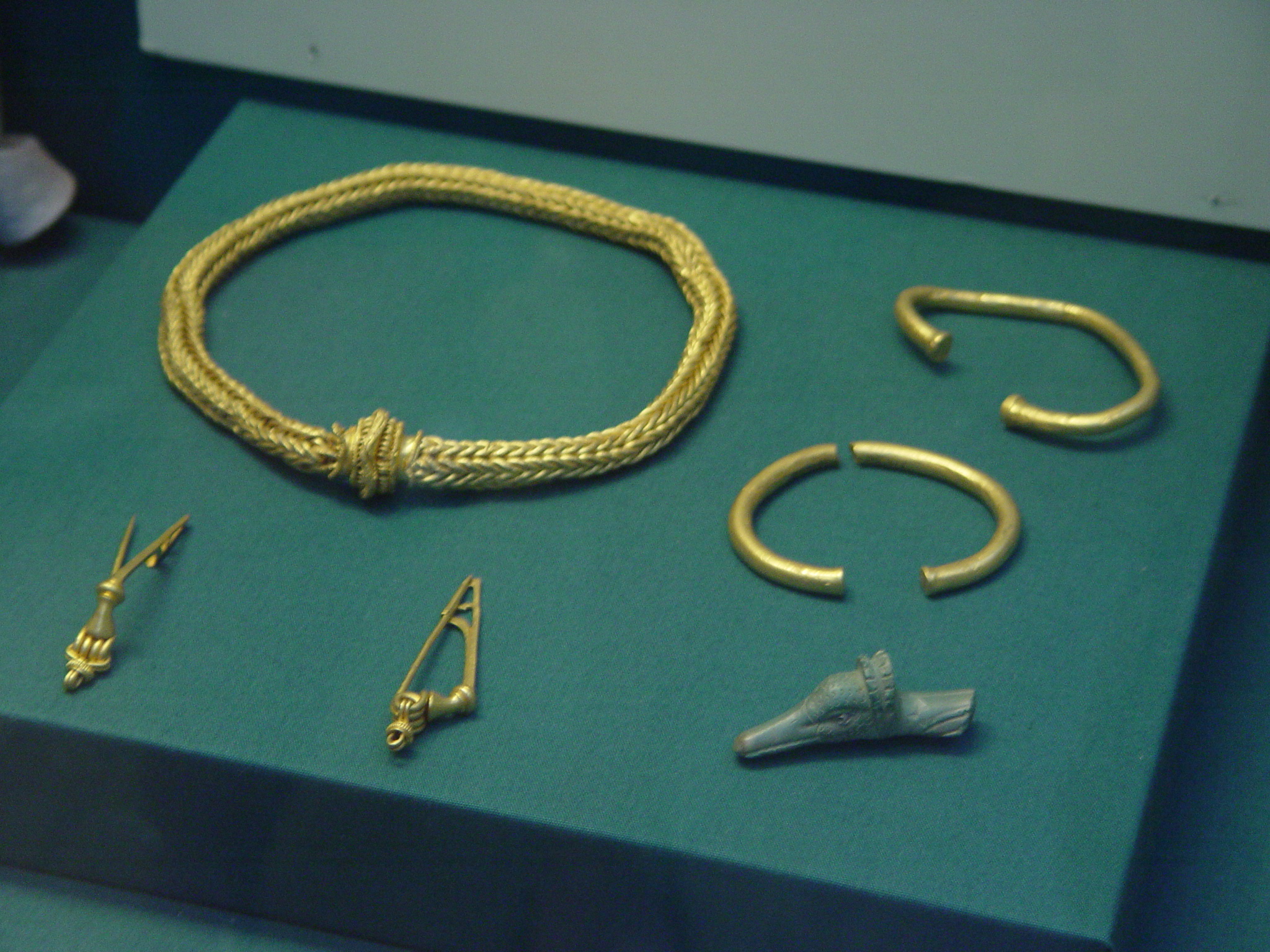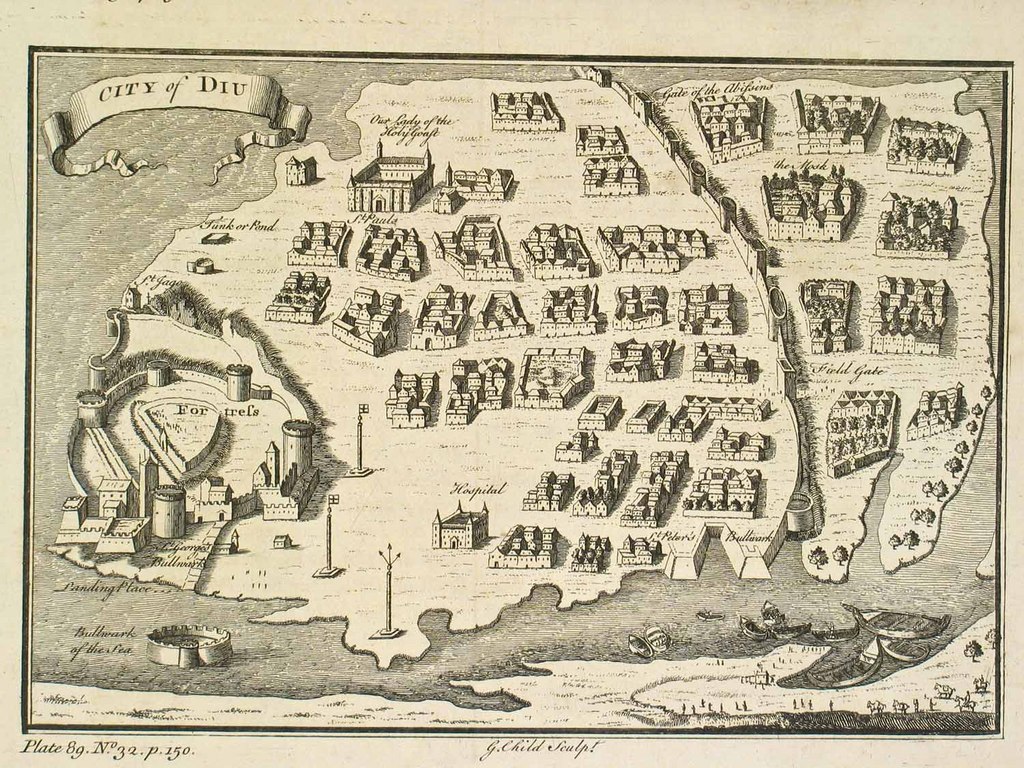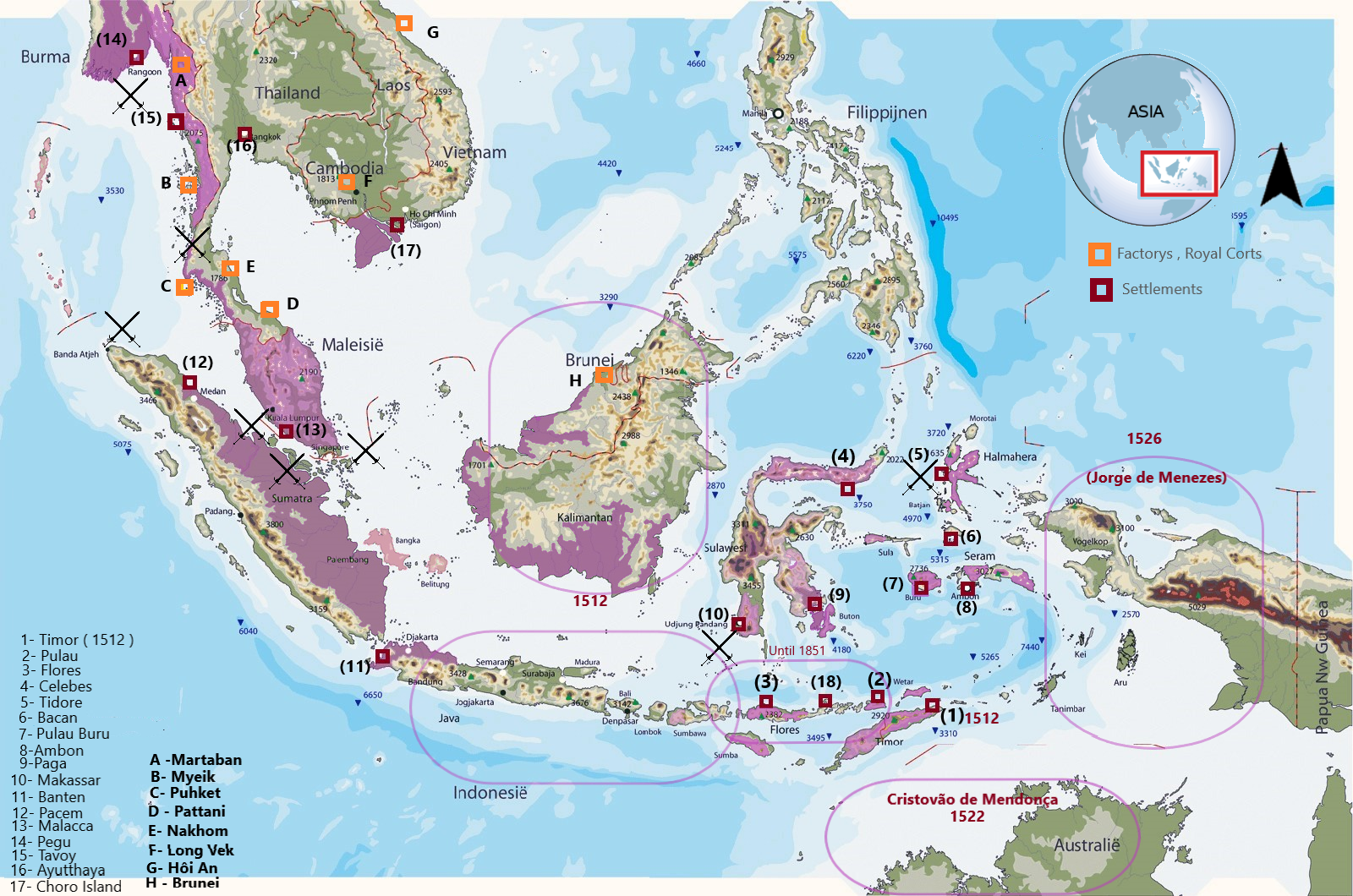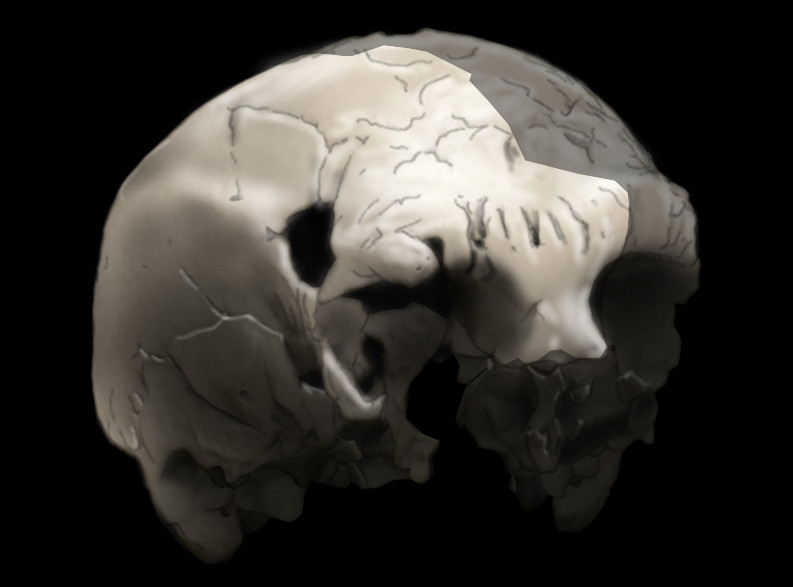|
Muzaffar Shah II
Shams-ud-Din Muzaffar Shah II or Muzafar II, born Khalil Khan, was a Sultan of the Muzaffarids (Gujarat), Muzaffarid dynasty, who reigned over the Gujarat Sultanate from 1511 to 1526. He was the eldest son of Sultan Mahmud Begada. He briefly subdued the princely state of Idar State, Idar but faced Rana Sanga#Campaign in Gujarat, a series of continuous defeats at the hands of Rana Sanga of Kingdom of Mewar, Mewar in which he Rana Sanga's invasion of Gujarat, lost northern part of Gujarat along with Idar. Reign Mahmud Begada was a prominent ruler of the Muzaffarids (Gujarat), Muzaffarid dynasty. He had four sons: Khalíl Khan, Muhammad Kala, Apa Khan, and Ahmed Khan. On ascending the throne at the age of twenty-seven, Khalíl adopted the title of Muzaffar Shah. For some time before his father’s death, Prince Khalíl Khan had been living at Baroda (now Vadodara), and shortly after his accession, he visited that neighborhood and founded a town named Daulatabad. In 1514, Rao Bh� ... [...More Info...] [...Related Items...] OR: [Wikipedia] [Google] [Baidu] |
Gujarat Sultanate
The Gujarat Sultanate or Sultanate of Gujarat was a late medieval Islamic Indian kingdom in Western India, primarily in the present-day state of Gujarat. The kingdom was established in 1394 when Muzaffar Shah I, the Governor of Gujarat, declared independence from the Tughlaq dynasty of Delhi. Following Timur's invasion of the Delhi Sultanate, Delhi was devastated and its rule weakened considerably, leading Muzaffar Shah to declare himself independent in 1394, and formally established the Sultanate in Gujarat. The next sultan, his grandson Ahmad Shah I, moved the capital to Ahmedabad in 1411. His successor Muhammad Shah II subdued most Rajput chieftains. The prosperity of the sultanate reached its zenith during the rule of Mahmud Begada. He also subdued most Gujarati Rajput chieftains and built a navy off the coast of Diu. In 1509, the Portuguese Empire wrested Diu from the Sultanate in the Battle of Diu (1509). The Mughal emperor Humayun attacked Gujarat in 1535 and b ... [...More Info...] [...Related Items...] OR: [Wikipedia] [Google] [Baidu] |
Baroda
Vadodara (), also known as Baroda, is a city situated on the banks of the Vishwamitri River in the Indian state of Gujarat. It serves as the administrative headquarters of the Vadodara district. The city is named for its abundance of banyan (''vad'') trees. Vadodara is also locally referred to as the ''Sanskrutik Nagari'' () and ''Kala Nagari'' () of India. The city is prominent for landmarks such as the Laxmi Vilas Palace, which served as the residence of the Maratha royal Gaekwad dynasty that ruled over Baroda State. It is also the home of the Maharaja Sayajirao University of Baroda. Etymology The city was once called Chandanavati after Raja Chandan of the Dod Parmar Rajputs. The capital was also known as Virakshetra (Land of Warriors). Later, it was known as Vadpatraka or Vadodará, and according to tradition, is a corrupt form of the Sanskrit word ''vatodara'', meaning "in the belly of the banyan tree". It is, as of 2009, almost impossible to ascertain when the var ... [...More Info...] [...Related Items...] OR: [Wikipedia] [Google] [Baidu] |
Albrecht Dürer
Albrecht Dürer ( , ;; 21 May 1471 – 6 April 1528),Müller, Peter O. (1993) ''Substantiv-Derivation in Den Schriften Albrecht Dürers'', Walter de Gruyter. . sometimes spelled in English as Durer or Duerer, was a German painter, Old master prints, printmaker, and history of geometry#Renaissance, theorist of the German Renaissance. Born in Free Imperial City of Nuremberg, Nuremberg, Dürer established his reputation and influence across Europe in his twenties due to his high-quality List of woodcuts by Dürer, woodcut prints. He was in contact with the major Italian artists of his time, including Raphael, Giovanni Bellini and Leonardo da Vinci, and from 1512 was patronized by Holy Roman Emperor, Emperor Maximilian I, Holy Roman Emperor, Maximilian I. Dürer's vast body of work includes List of engravings by Dürer, engravings, his preferred technique in his later prints, Altarpiece, altarpieces, portraits and self-portraits, watercolours and books. The woodcuts series are stylist ... [...More Info...] [...Related Items...] OR: [Wikipedia] [Google] [Baidu] |
Rome
Rome (Italian language, Italian and , ) is the capital city and most populated (municipality) of Italy. It is also the administrative centre of the Lazio Regions of Italy, region and of the Metropolitan City of Rome. A special named with 2,746,984 residents in , Rome is the list of cities in the European Union by population within city limits, third most populous city in the European Union by population within city limits. The Metropolitan City of Rome Capital, with a population of 4,223,885 residents, is the most populous metropolitan cities of Italy, metropolitan city in Italy. Rome metropolitan area, Its metropolitan area is the third-most populous within Italy. Rome is located in the central-western portion of the Italian Peninsula, within Lazio (Latium), along the shores of the Tiber Valley. Vatican City (the smallest country in the world and headquarters of the worldwide Catholic Church under the governance of the Holy See) is an independent country inside the city boun ... [...More Info...] [...Related Items...] OR: [Wikipedia] [Google] [Baidu] |
Pope Leo X
Pope Leo X (; born Giovanni di Lorenzo de' Medici, 11 December 14751 December 1521) was head of the Catholic Church and ruler of the Papal States from 9 March 1513 to his death in December 1521. Born into the prominent political and banking Medici family of Florence, Giovanni was the second son of Lorenzo de' Medici, ruler of the Florentine Republic, and was elevated to the cardinalate in 1489. Following the death of Pope Julius II, Giovanni was elected pope after securing the backing of the younger members of the College of Cardinals. Early on in his rule he oversaw the closing sessions of the Fifth Council of the Lateran, but struggled to implement the reforms agreed. In 1517 he led a costly war that succeeded in securing his nephew Lorenzo di Piero de' Medici as Duke of Urbino, but reduced papal finances. In Protestant circles, Leo is associated with granting indulgences for those who donated to reconstruct St. Peter's Basilica, a practice that was soon challenged by M ... [...More Info...] [...Related Items...] OR: [Wikipedia] [Google] [Baidu] |
Manuel I Of Portugal
Manuel I (; 31 May 146913 December 1521), known as the Fortunate (), was King of Portugal from 1495 to 1521. A member of the House of Aviz, Manuel was Duke of Beja and Viseu prior to succeeding his cousin, John II of Portugal, as monarch. Manuel ruled over a period of intensive expansion of the Portuguese Empire owing to the numerous Portuguese discoveries made during his reign. His sponsorship of Vasco da Gama led to the Portuguese discovery of the sea route to India in 1498, resulting in the creation of the Portuguese India Armadas, which guaranteed Portugal's monopoly on the spice trade. Manuel began the Portuguese colonization of the Americas and Portuguese India, and oversaw the establishment of a vast trade empire across Africa and Asia. Manuel established the Casa da Índia, a royal institution that managed Portugal's monopolies and its imperial expansion. He financed numerous famed Portuguese navigators, including Pedro Álvares Cabral (who discovered Brazil), ... [...More Info...] [...Related Items...] OR: [Wikipedia] [Google] [Baidu] |
Diplomatic Gift
A diplomatic gift is a gift given by a :diplomat, politician or leader when visiting a foreign country. Usually the gift is reciprocated by the host. The use of diplomatic gifts dates back to the ancient world and givers have competed to outdo each other in the lavishness of their gifts. Examples include silks given to the West by the Byzantines in the early Middle Ages,"Silken diplomacy" by Anna Muthesius in Shepard J. & Franklin, Simon. (Eds.) (1992) ''Byzantine Diplomacy: Papers from the Twenty-fourth Spring Symposium of Byzantine Studies, Cambridge, March 1990.'' Aldershot: Variorum, pp. 236–248. the luxury book,"The luxury book as diplomatic gift" by John Lowden in Shepard J. & Franklin, Simon. (Eds.) (1992) ''Byzantine Diplomacy: Papers from the Twenty-fourth Spring Symposium of Byzantine Studies, Cambridge, March 1990.'' Aldershot: Variorum, pp. 249–260. and panda diplomacy by the Chinese in the twentieth century. The Middle Ages In 757 Byzantine emperor Constantine ... [...More Info...] [...Related Items...] OR: [Wikipedia] [Google] [Baidu] |
Diu Island
Diu Island is an island off the southern coast of Gujarat's Kathiawar peninsula, separated from the mainland by a tidal creek. It has an area of 38 km2, and a population of 44,110 (2001 census). Administratively it belongs to the Diu district of the Dadra and Nagar Haveli and Daman and Diu union territory of India, both Damaon and Diu share the same elected representative as the member of parliament. The island lies 5 km to the east of Diu Head. The town of Diu and Diu Fort are located on the island. There is also a domestic airport, Diu Airport. History Throughout the 15th century, especially under Muzaffar Han, Diu flourished as a major port of the Gujarati state, with a notable fleet. From 1510, it became the seat of the governors of Surat. In 1535, the viceroy Nuno da Cunha made a treaty with Bahadur Sah, the sultan of Khambhat, for the use of the port by Portugal. Despite several attacks by Ottomans and Arabs, the Portuguese, who by 1541 had completed the ... [...More Info...] [...Related Items...] OR: [Wikipedia] [Google] [Baidu] |
Afonso De Albuquerque
Afonso de Albuquerque, 1st Duke of Goa ( – 16 December 1515), was a Portuguese general, admiral, statesman and ''conquistador''. He served as viceroy of Portuguese India from 1509 to 1515, during which he expanded Portuguese influence across the Indian Ocean and built a reputation as a fierce and skilled military commander. Albuquerque advanced the three-fold Portuguese grand scheme of combating Islam, spreading Christianity, and securing the trade of spices by establishing a Portuguese Asian empire. Among his achievements, Albuquerque managed to conquer Goa and was the first European of the Renaissance to raid the Persian Gulf, and he led the first voyage by a European fleet into the Red Sea. He is generally considered a highly effective military commander, and "probably the greatest naval commander of the age", given his successful strategy of attempting to close all the Indian Ocean naval passages to the Atlantic, Red Sea, Persian Gulf, and to the Pacific, transforming it ... [...More Info...] [...Related Items...] OR: [Wikipedia] [Google] [Baidu] |
Portuguese People
The Portuguese people ( – masculine – or ''Portuguesas'') are a Romance languages, Romance-speaking ethnic group and nation Ethnic groups in Europe, indigenous to Portugal, a country that occupies the west side of the Iberian Peninsula in Southern Europe, south-west Europe, who share Culture of Portugal, culture, ancestry and Portuguese language, language. The Portuguese state began with the founding of the County of Portugal in 868. Following the Battle of São Mamede (1128), Portugal gained international recognition as a Kingdom of Portugal, kingdom through the Treaty of Zamora and the papal bull Manifestis Probatum. This Portuguese state paved the way for the Portuguese people to unite as a nation. The Portuguese Portuguese maritime exploration, explored Hic sunt Dracones, distant lands previously unknown to Europeans—in the Americas, Africa, Asia and Oceania (southwest Pacific Ocean). In 1415, with the conquest of Ceuta, the Portuguese took a significant role in the ... [...More Info...] [...Related Items...] OR: [Wikipedia] [Google] [Baidu] |
Dhar
Dhar is a city located in Dhar district of the Malwa region in the state of Madhya Pradesh, India. The city is the administrative headquarters of the Dhar district. Before Indian independence from Great Britain, it was the capital of the Dhar princely state. Location Dhar is situated between 21°57' to 23°15' N and 74°37' to 75°37' E. The city is bordered in the north by Ratlam, to the east by parts of Indore, in the south by Barwani, and to the west by Jhabua and Alirajpur. The town is located west of Mhow. It is located above sea level. It possesses, alongside its old ramparts, many buildings which contain records of cultural, historical and national importance. Historic places and monuments The most visible parts of ancient Dhar are the massive earthen ramparts, which are best preserved on the western and southern sides of the town. These were most likely built at beginning of the 9th century. Wall remains show that the city was circular in plan and surround ... [...More Info...] [...Related Items...] OR: [Wikipedia] [Google] [Baidu] |
Dahod
Dahod is a city on the banks of the Dudhimati River in Dahod District in the State of Gujarat, India. It is said that it has taken its name from Saint Dadhichi, who had an Ashram on the bank of Dudhumati river. This city is known for being the birthplace of 6th Mughal emperor Aurangzeb, son of 5th Mughal emperor Shah Jahan. The city serves as District Headquarters for Dahod District. It is from Ahmedabad and from Vadodara. It is also known as ''Dohad'' (meaning "two boundaries", as the borders of the states of Rajasthan and Madhya Pradesh are nearby). Mughal Emperor Aurangzeb was born in Dahod in 1618, during the reign of Jahangir. Aurangzeb was said to have ordered his ministers to favour this town, as it was his birthplace. Tatya Tope, the freedom fighter, is known to have absconded in Dahod. He is believed to have lived his last days in this region. It was previously within the boundaries of Panchmahal District. However, in 2006, Dahod was recognized as a separate distr ... [...More Info...] [...Related Items...] OR: [Wikipedia] [Google] [Baidu] |









